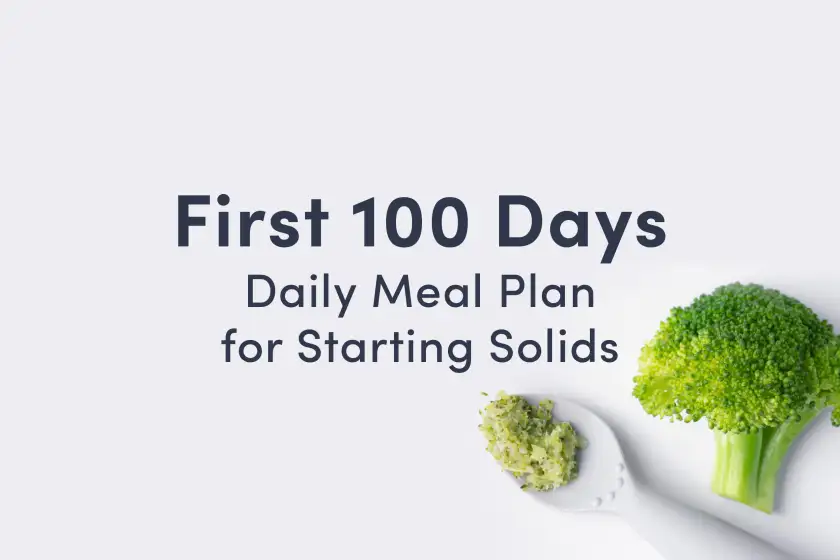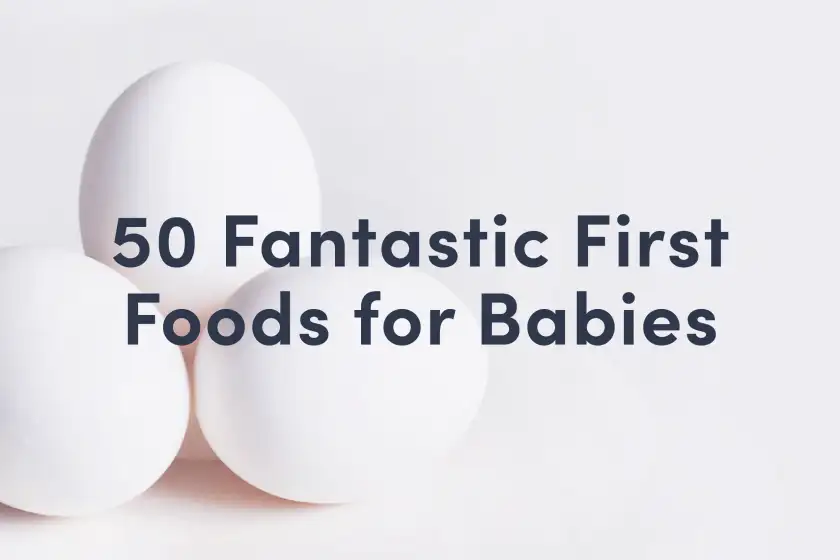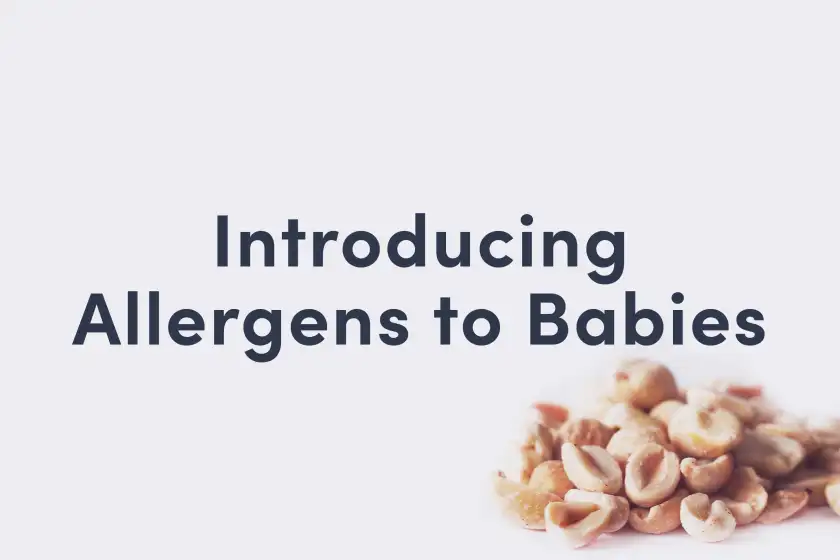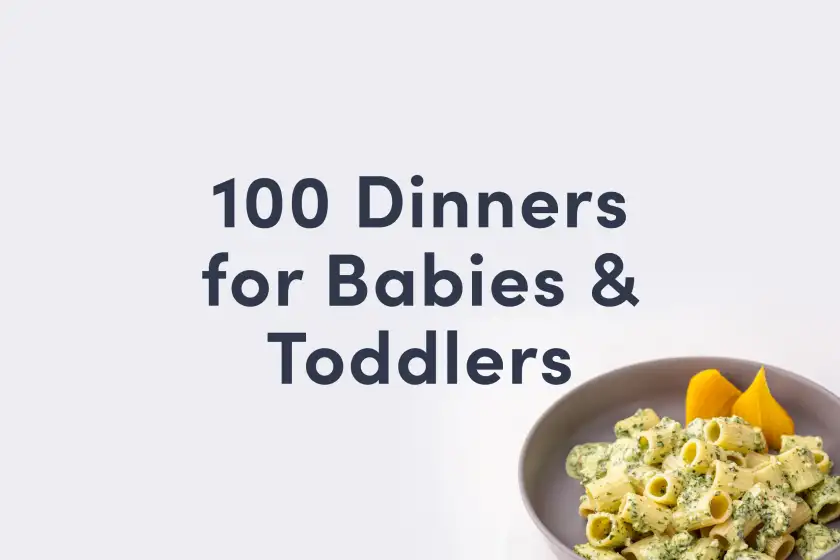Cotija Cheese
Dairy
Age Suggestion
12 months
Iron-Rich
No
Common Allergen
Yes
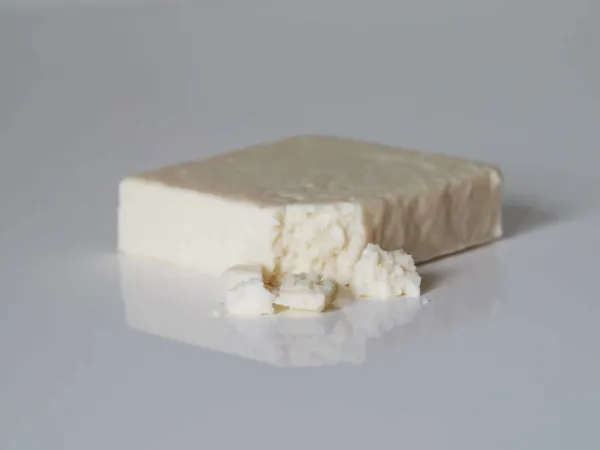
When can babies eat cotija cheese?
Cotija cheese is best introduced after baby’s first birthday due to its high sodium levels. However, a taste here and there before then is fine.
The best cheeses for babies younger than 12 months old are pasteurized and low in sodium, including emmentaler cheese, fresh goat cheese, labneh, mascarpone cheese, fresh mozzarella cheese, paneer, fresh ricotta cheese, and swiss cheese.
Where does cotija cheese come from?
Cotija cheese, also called queso cotija, originated in the Jalmich mountains of central Mexico, in the states of Jalisco and Michoacán and is one of the country’s few cheeses given legal protection by means of a collective trademark granted by the Mexican government. That said, there are many other cheeses marketed as cotija, both in Mexico and beyond, that use pasteurized milk and slightly different methods. Cotija’s texture depends on the type: softer, younger varieties have a texture similar to feta, while other forms of cotija are aged and typically grated, like aged asiago or parmesan.
Videos
Is cotija cheese healthy for babies?
No. Cotija tends to be exceedingly high in sodium, which is not healthy when consumed in excess. Cotija can also be made with unpasteurized (raw) milk, which carries a higher risk of foodborne illness, though unpasteurized cheeses aged for 60 days or longer – like most cotija – pose a lower risk. Read our cheese page for more information on unpasteurized cheeses.
Nutritionally, cotija cheese contains protein to create new cells and plenty of healthy saturated fats to support cell structure (although some cotija is made with part-skim milk, which reduces these fats). Cotija also offers calcium, vitamin B12, zinc, and selenium. Together, these nutrients support healthy bones, nervous system, immune system, and senses.
★Tip: When shopping for cotija, pay attention to the type. Cotija made in the tajo style tends to be lower in sodium, while cotija de montaña is a hard, grating cheese that is quite high in sodium.
Can cotija cheese help babies poop?
Probably not. Aged cheeses like aged cotija are fermented and naturally contain certain beneficial bacteria, which may have a positive influence on the microbiome, but more research is needed. Note that pooping patterns can vary significantly from child to child. Be sure to talk to your pediatric healthcare provider if you have concerns about baby’s pooping and digestive function.
Is cotija cheese a common choking hazard for babies?
Yes. Cheese is a common choking hazard for babies and children. To minimize the risk, grate or slice cotija very thinly and avoid serving in cubes or large crumbles. As always, make sure you create a safe eating environment and stay within arm’s reach of baby during meals. For more information on choking, visit our sections on gagging and choking and familiarize yourself with the list of common choking hazards.
Is cotija cheese a common allergen?
Yes. Cotija cheese is made from cow’s milk, and cow’s milk is a common food allergen in young children, accounting for about one-fifth of all childhood food allergies in the United States. That said, there’s good news: milk allergy often disappears with time. Research shows that the majority of children with cow's milk allergy will outgrow it by age 6 and many babies with milder symptoms of milk protein allergy (which can show up as painless blood in stool) are able to successfully reintroduce cow's milk as early as their first birthday, with the guidance of their doctors. Note: Aged cheeses generally contain histamines, which may cause rashes in children who are sensitive to them.
Milk is a known trigger of food protein-induced enterocolitis syndrome, also known as FPIES. FPIES is a delayed allergy to food protein which causes the sudden onset of repetitive vomiting and diarrhea to begin a few hours after ingestion. Left untreated, the reaction can result in significant dehydration. Thankfully, like other forms of milk allergy, FPIES which presents early in life is generally outgrown by the time the child has reached 3-5 years of age. While the exact rates of FPIES are unknown, it is believed to be an uncommon condition (although better recognition of the disease has led to increased reporting in recent years).
Although it is not an allergy, lactose intolerance can result in gastrointestinal symptoms such as abdominal pain, bloating, and diarrhea, after ingestion of dairy items containing lactose. For those with older children who are lactose intolerant (keep in mind this is uncommon for infants and toddlers), some good news: compared with milk and certain other dairy products, many cheeses may be better tolerated by those with lactose intolerance, particularly aged cheeses, which have lower lactose content. Note that if your child is lactose-intolerant, it’s important to find calcium-rich foods to consume regularly to ensure a balanced diet and support bone health. Search for naturally low-lactose cheeses and dairy products labeled “lactose-free.”
If you suspect baby may be allergic to milk, consult an allergist before introducing dairy products like cheese. Based on baby’s risk factors and history, your allergist may recommend allergy testing, or may instead advise dairy introduction under medical supervision in the office. If the risk is low, you may be advised to go ahead and introduce dairy in the home setting. As with all common allergens, start by serving a small quantity on its own for the first few servings, and if there is no adverse reaction, gradually increase the quantity over future meals.
Recommended Guide: Introducing Allergens
How do you introduce cotija cheese for babies with baby-led weaning?
Every baby develops on their own timeline, and the suggestions on how to cut or prepare particular foods are generalizations for a broad audience.
6 to 12 months old:
Avoid due to high sodium levels. That said, if you have a meal with pasteurized cotija that you would like to share with baby, a taste here and there is fine. Cotija made in the tajo style tends to be lower in sodium.
12 to 18 months old:
Serve crumbles of pasteurized cotija cheese on occasion, either on their own or as part of a dish, or grate small amounts of aged cotija onto the child’s meals.
18 to 24 months old:
Offer pasteurized cotija grated, cut in thin slices, or melted atop other foods. Continue to avoid large chunks of cheese or globs of melted cheese.
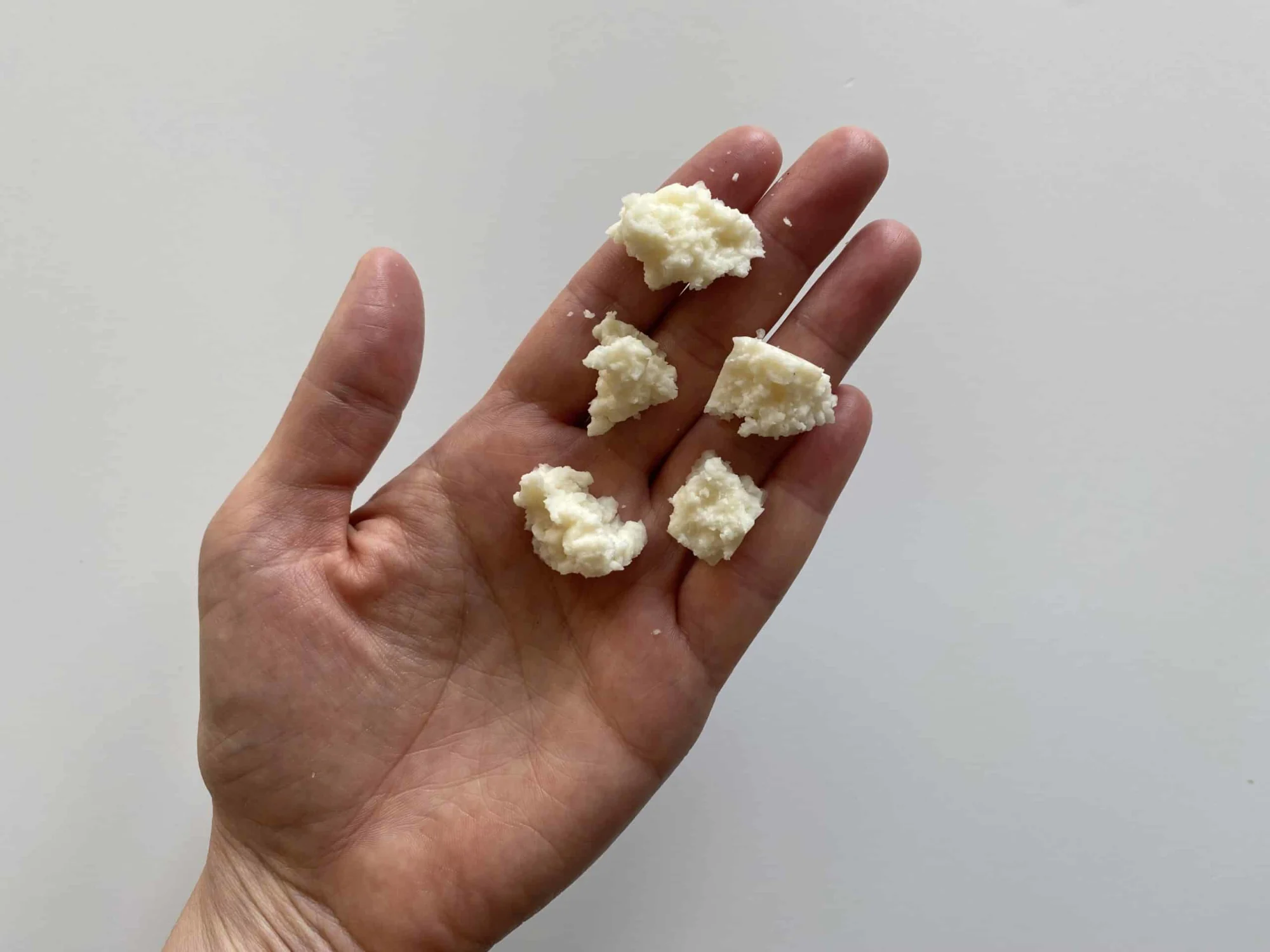
¿Busca guías en español? Check out our guides available in Spanish.
Written by
Expert Tips Delivered to Your Inbox
Sign up for weekly tips, recipes and more!
The content offered on SolidStarts.com is for informational purposes only. Solidstarts is not engaged in rendering professional advice, whether medical or otherwise, to individual users or their children or families. No content on this site, regardless of date, should ever be used as a substitute for direct medical advice from your doctor or your medical or health professional, nutritionist, or expert in pediatric feeding and eating. By accessing the content on SolidStarts.com, you acknowledge and agree that you are accepting the responsibility for your child’s health and well-being. In return for providing you with an array of content “baby-led weaning” information, you waive any claims that you or your child may have as a result of utilizing the content on SolidStarts.com.



